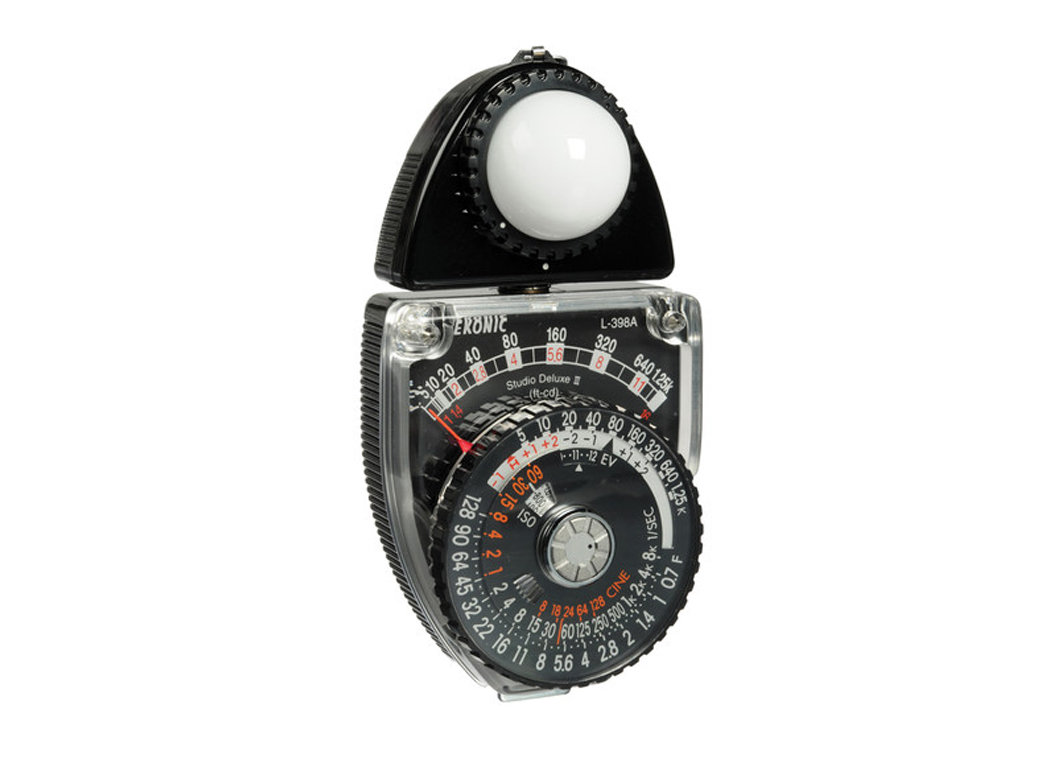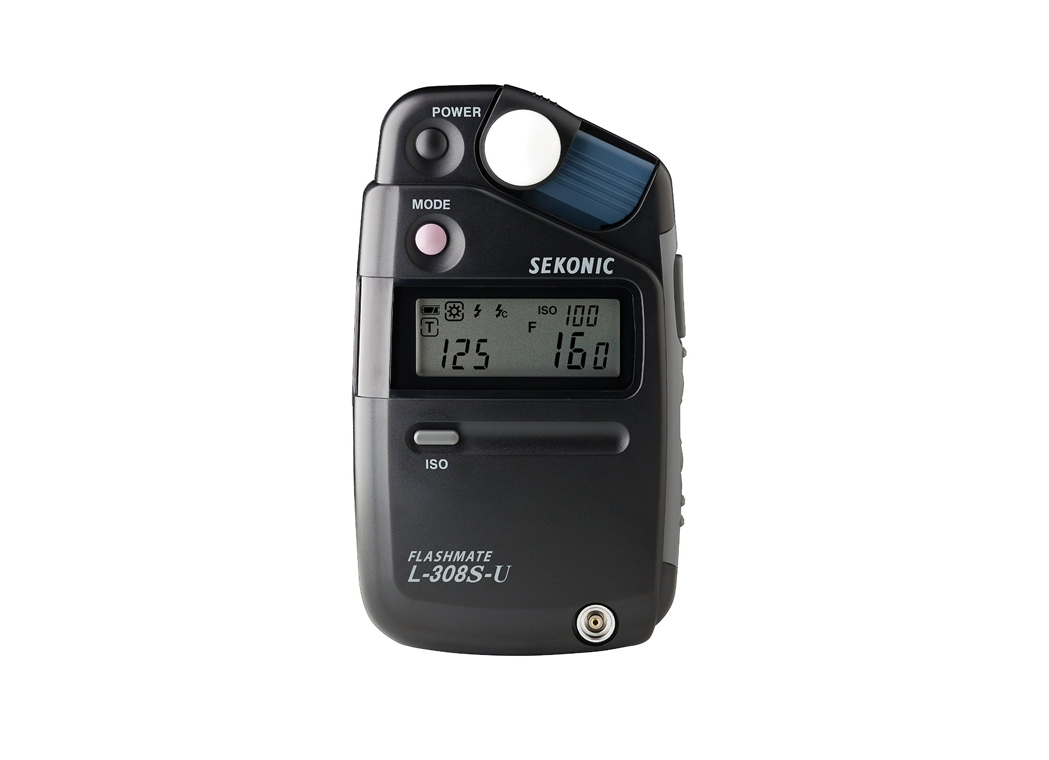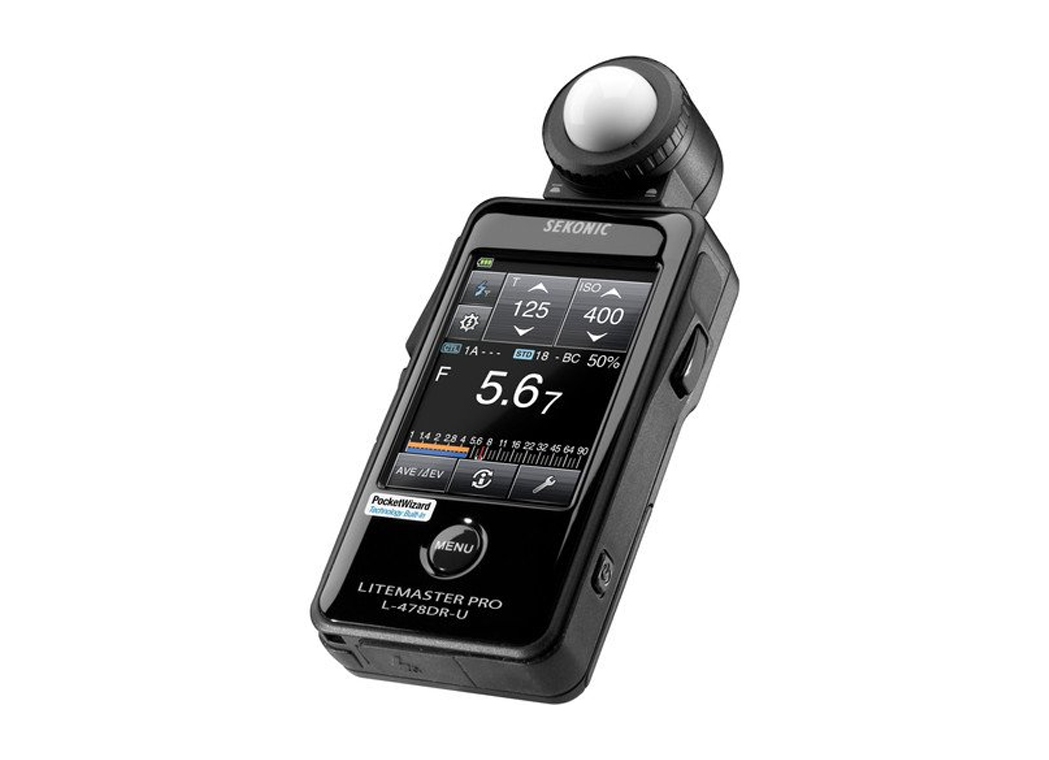Buy Digital Lux / Light Meter Online - light measuring device

ULANZI PL-01 RGB Video Light, Portable RGB Camera Light with 4000mAh Battery, 360° Color 20 Light Effects, CRI≥95 2500-9000K LED Panel
Spot metering is a method of measuring the amount of light that reaches a very small portion of the image frame (usually one that ranges from 1 to 10-degree angles of view). It is based on reflective metering, but still requires a different type of meter altogether since a traditional reflected meter would be thrown off by all the different light sources in the scene and wouldn’t be able to acquire a very precise reading of the amount of light found in your desired spot. Some meters can also be adapted to work as a spot meter by attaching a special accessory to them.
Incident light meters measure the amount of light falling onto the subject while reflected meters measure the amount of light that’s reflected from it. Incident meters are proven to be more accurate because they will provide accurate exposure even if you’re measuring light of surfaces that are too dark or reflective. Their only flaw is that they aren’t ideal for subjects that are too far away or moving too fast.
As its name already implies, flash metering is a special type of metering that only applies to those working with flashes and the specific type of light they emit. More than anything, this is due to very short bursts of light that are hard to measure by more conventional types of meters. These require a constant connection to your flash unit either via a dedicated PC port or wirelessly by using a strobe.
Spot meters are reflective meters that are used to very precisely meter certain objects in the scene with their readings unaffected by the very bright or dark spots in your image.
Flash meters are designed to measure the amount of light coming from a flash which can’t be done by traditional meters because of it’s very short duration that’s usually greater than 1/1000 of a second. There are also some special types of photography light meters available like cinema models with expanded settings for frame rates that can display lux, shutter angles or foot-candles or color meters or spectrometers that can measure color temperature and CRI or display spectrum graphs.
I think that anyone with any basic knowledge of photography should be able to easily guess what photography light meter is used for because its name says it all. A camera light meter is used to precisely measure the amount of light around you so you can always be sure you are using the correct exposure on your camera. Light meters give you all the necessary values needed to achieve the perfect exposure like ISO, aperture and shutter speed. There are two major types of photography light meters, incident and reflected meters.

Incident reading is used to measure the light that is falling directly over your chosen subject from a source that’s used especially expose that subject before anything else. To acquire the necessary reading, you’ll have to point your camera light meter toward your camera from the subject’s position. If you’re working in a controlled environment like a studio the incident meter will probably be your best choice for most of your needs since it doesn’t have to deal with the light changes brought by very dark or reflective surfaces and you’re in a total control of your lighting.
Price – Just like with any product, for a lot of users the price is the most important factor that affects their final purchasing decision and the story isn’t any different with light meters. This means that you get a lot of choice when choosing the best light meter; you can opt in for a basic one that won’t cost much money, one with a nice balanced set of features and a reasonable price and also a high-end model that offers all the bells and whistles that are needed by any professional out there, but of course at a premium price point. While the latter are the most exciting ones to look at, our focus will always be on picking ones that will give you most of the functionality you would expect to find on a modern light meter, but without costing you very much money.
The method of taking a reading – Most of the photography light meters can measure two different types of light: incident or reflected. Depending on your needs, you will either have to choose a camera light meter that’s able to measure one of those two types of light or one that can do both if you are prepared to accept a higher asking price. If you aren’t aware of what those types of meters are, then check our FAQ section in this article and read about them in more detail. Either way, we will always try to point out the exact functionality of each of the light meters in our article so you can be sure that you’ll pick the right one for you.
My primary wants are color rendering. White that's actually white, blue that's actually blue, mixed colors like teal/orange/purple that look good. Brightness isn't that important but probably 500lm+ would be good.
Reflected reading is used to measure the entire scene and give you an overall estimation of the exposure settings you should use with your camera to get a photo with balanced exposure in each of the important areas. Since most of the people will be shooting in those conditions where there are constant changes in lighting, reflected meters are most commonly widespread out of all the other types. Even your camera light meter uses the same technology. There’s also a way to improve the accuracy of your readings even further and that’s by using something called an 18% gray card. It’s actually a very simple method as its main purpose is to provide you with a consistent surface that is easier to read the amount of light from.
Buying anything technology related can sometimes be a real chore if you don’t fully understand what you’re getting yourself into and things aren’t any different when it comes to products related to photography. What’s even more interesting is that it’s sometimes easier to choose a more complicated device like a camera itself, than some of its accompanying accessories. The story is pretty similar when it comes to choosing the best light meters; on the surface, they are simple devices with a very straightforward purpose and thus it should be really easy to pick the right one that will suit your needs, but often it’s the exact opposite and it can be hard to differentiate one light meter from the other. For that reason, we chose to create a model by which we can choose the best ones out there for you and create a list that will help you make the right purchasing decision and be satisfied with the item of your choice. So, let’s see what criteria we’ve used when writing this article and let’s examine each of its aspects in more detail.
I was looking at getting a RGBW camera light for fun, workspace and the occasional pictures of stuff for sale. I see a bunch on amazon for cheap with impressive specs in the description but this is a bit out of wheelhouse. I found 3 that looked to stand out from the rest but there were so many I'm not sure. The P96L at least looks like it has a better LED array and better color temp out of these 3 at the expense of a smaller battery. Are there better options that aren't going to cost the prosumer price point (anything over $50 doesn't seem worth it for my use case)? Or are these just a complete waste of time without spending $$$. Or should I just order a colored D4?
The usual grumbles from reviewers and potential users about cost. You cannot expect to get a lot if all you are going to pay is very little. Gossen meters were never cheap, yet they too have their own devotees.
Power requirement – Photography light meters can either be digital or analog and despite all the advances in technology photographers and videographers alike still have use for both types in today’s times. Analog meters allow you to acquire your readings faster than the digital meters, but lack the advanced functionalities and features brought by modern technology. The analog meters also have one other advantage and that is their ability to work without batteries, which can be very beneficial in a lot of different situations. While the digital meters are more widespread these days, we will always make sure to offer you at least one analog meter to choose from in case you need that exact type of light meter.
Reflective meters are more common since these type of meters are the ones used in cameras themselves. They measure different light levels in the scene and give you an average value based on these readings. All though they are faster than the incident light meters they can also be fooled by areas with large amounts of contrast or many different levels of light. Other two terms that need to be explained are spot meters and flash meters.

While the more traditional photographers will be satisfied with all the functionality brought on by the usual types of light meters that can be found on the market, there will always some users that require something with a couple of additional features and made for an entirely different use. When talking about specialty meters we are mostly referring to those working with video, rather than still pictures. Since movies are made out of a lot of different frames that move very quickly it is very hard to accurately measure the light in your scene without a special cine model of light meter. These are usually equipped to take into account the different framerates and also display their measurements in units such as foot-candle or lux. Other than those types of meters you can also expect to find some that are able to provide you with extra information such as color temperature or even provide you with a spectrum graph.
While it’s true that most of the basic functionality provided by a dedicated light meter is already contained inside of today’s cameras and will be enough for casual users and amateurs there’s still too much use case scenarios in which the integrated light meters won’t suffice. This is particularly true in terms of metering precise parts of your scene, for those occasions when you’re doing professional work with the use of flash units and especially if you’re a videographer or movie maker and getting the most accurate exposure possible is of utmost importance. So, in a nutshell, dedicated light meters aren’t made for everyone, but if you’re considering yourself to be a professional of any kind, you should seriously consider having one as a part of your gear.




 Ms.Cici
Ms.Cici 
 8618319014500
8618319014500